RINGUE [2023]
GALERIA BELO-GALSTERER [Lisbon, Portugal]
Text by Jorge André Catarino
Ana Velez
This exhibition had the institutional support of the República Portuguesa Ministério da Cultura
Ana Velez’s solo project Ringue, is based on the analogy between the pictorial surface and the playing field: both are delimited territories, subject to their own rules, only valid inside: they are pure spaces.
In Ana Velez’s work, we encounter the recurrence of the square, the grid, and the monochrome, forms associated with the pursue for purity that guided Modern Art.
The ultimate end of a discipline that sought to free itself from all external constraints, the square monochrome affirms painting in its most essential, literal, pure state.
The variations that Velez works within this genre develop a practice that may be termed as Painting in the Expanded Field: [1] objects, not being conventional paintings, develop a pictorial character outside the canvas. In Ana Velez’s work, we don’t only find echoes of the state of purity that the monochrome advocates, but we also come across its negation. Far from being pure spaces, these monochromes are, after all, taken from everyday life, an aspect that hints at something of a ready-made nature [and thus opposing pure abstraction]. In this sense, the exhibition features porcelains made from cobblestone parallels, polaroids, and intervene photographs, elements that have as common consigner the artist’s personal experience.
One could speak of found monochromes, everyday elements that a pictorial gaze isolates and converts into pure space. However, it would be more accurate to speak of decanted monochromes: abstract forms obtained through a process of filtering and subtraction of their constitutive elements: light, form, colour, and identity.
“Repetition can be recovery, renewal, and re-evaluation”, [2] asserts David Batchelor about the monochrome. If painting can be a game, with its own rules and space, it would differ from the former insofar as it admits its rules to be bent and transgressed.
By not completely adhering to the rules, Ana Velez’s paintings perform a renovating action on the monochrome. The repetition therein defines it as a pure space, as well as a form loaded with history, and in addition, as a personal repository of lived experiences.
Objective and subjective, historical and timeless, it is in this polyvalence that the monochrome affirms its permanent actuality.
Ringue is Ana Velez’s eighth solo presentation.
Jorge André Catarino
[1] Cf. Isabel SABINO, A pintura depois da pintura, Faculdade de Belas Artes da Universidade de Lisboa, Lisboa, 2000.
[2] David BATCHELOR, “Na Cama com a Monocromia”, in: Pintura Redux: desenvolvimentos na última década, ed. Delfim SARDO, Público, Serralves, Lisboa, 2006, p.133.
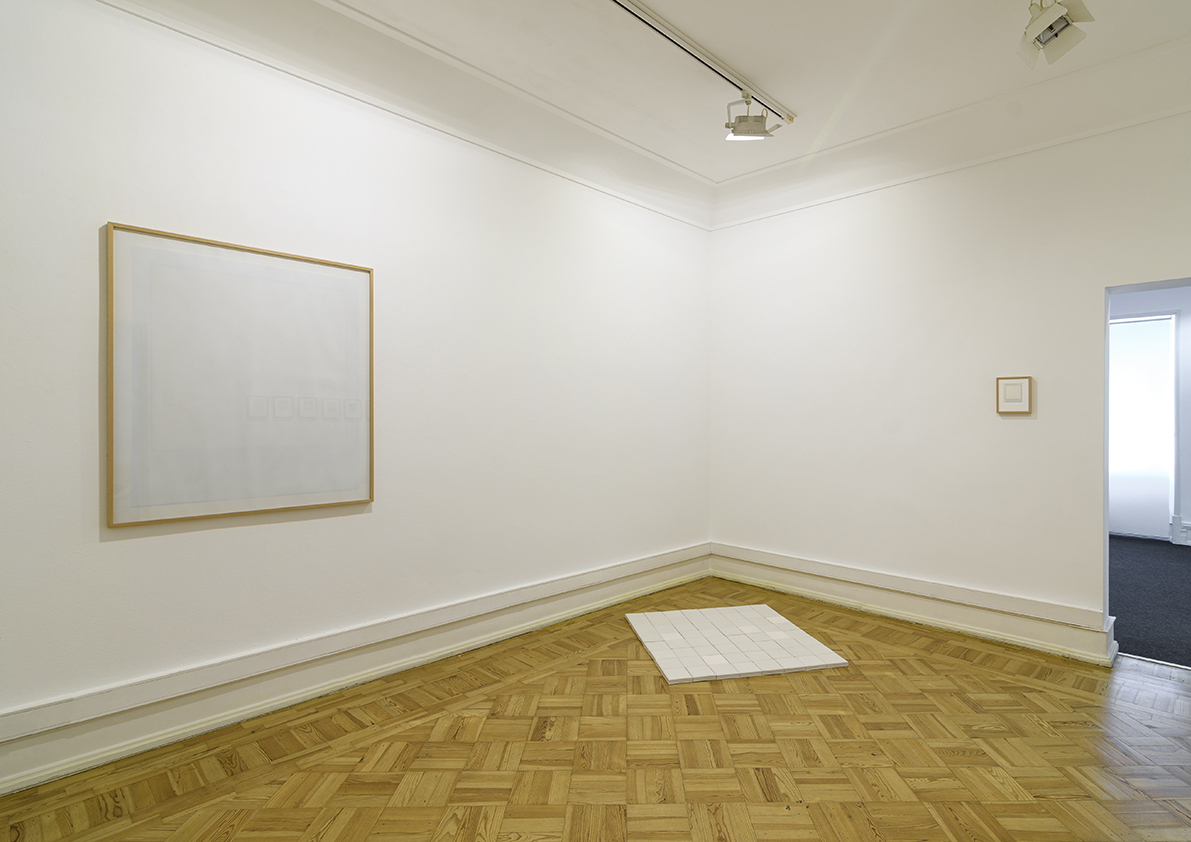

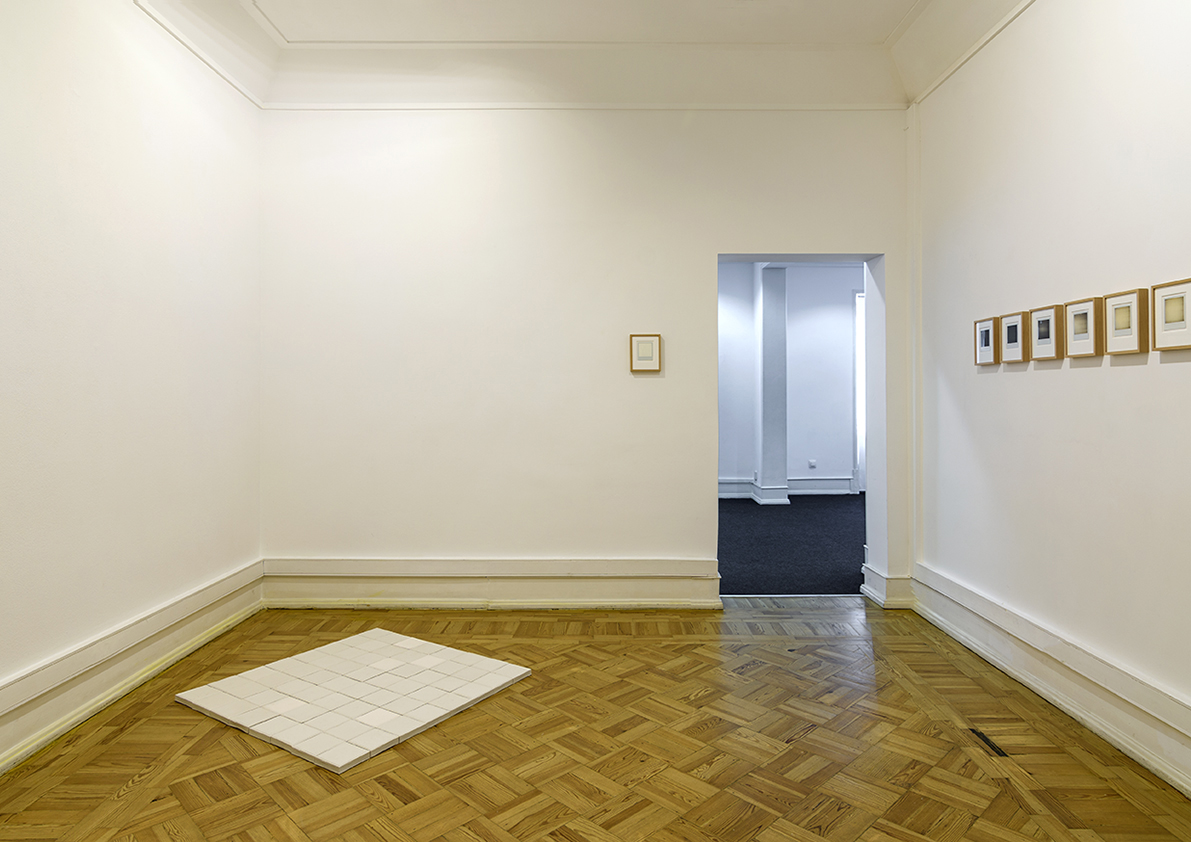

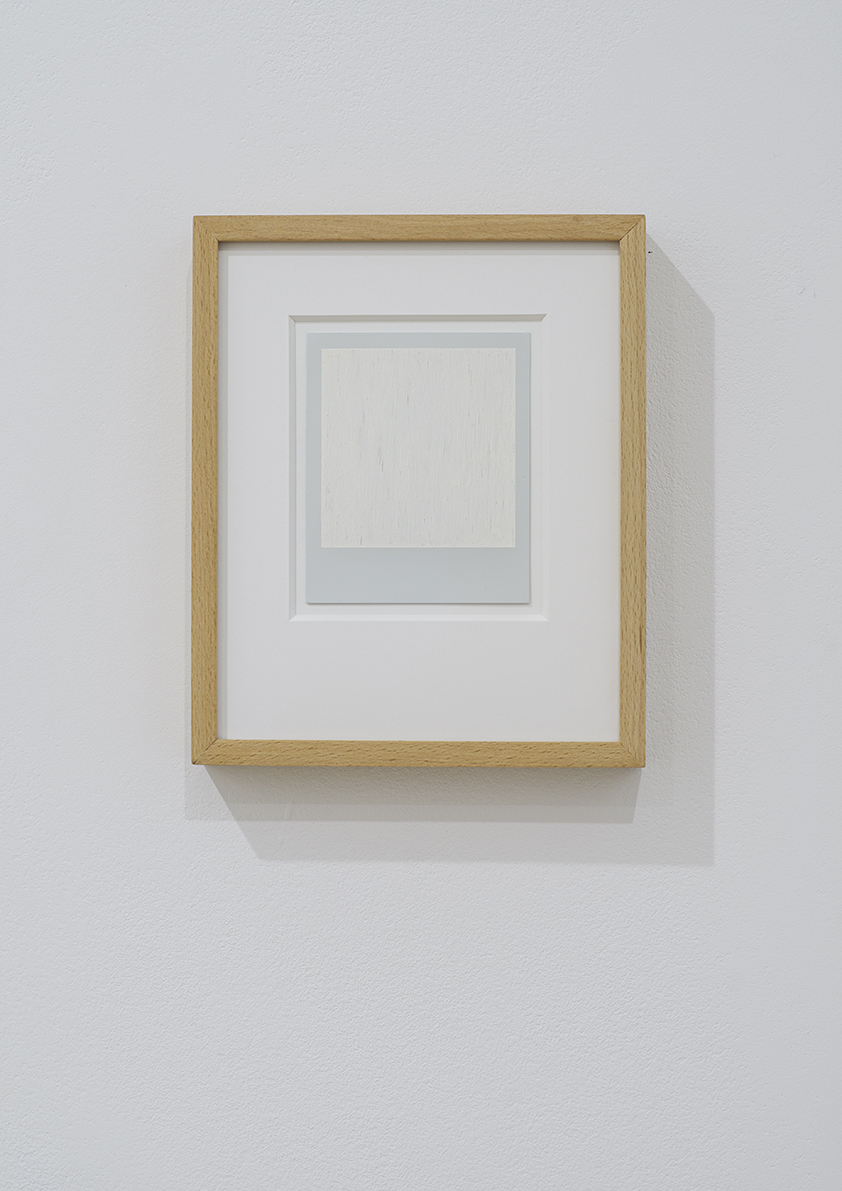
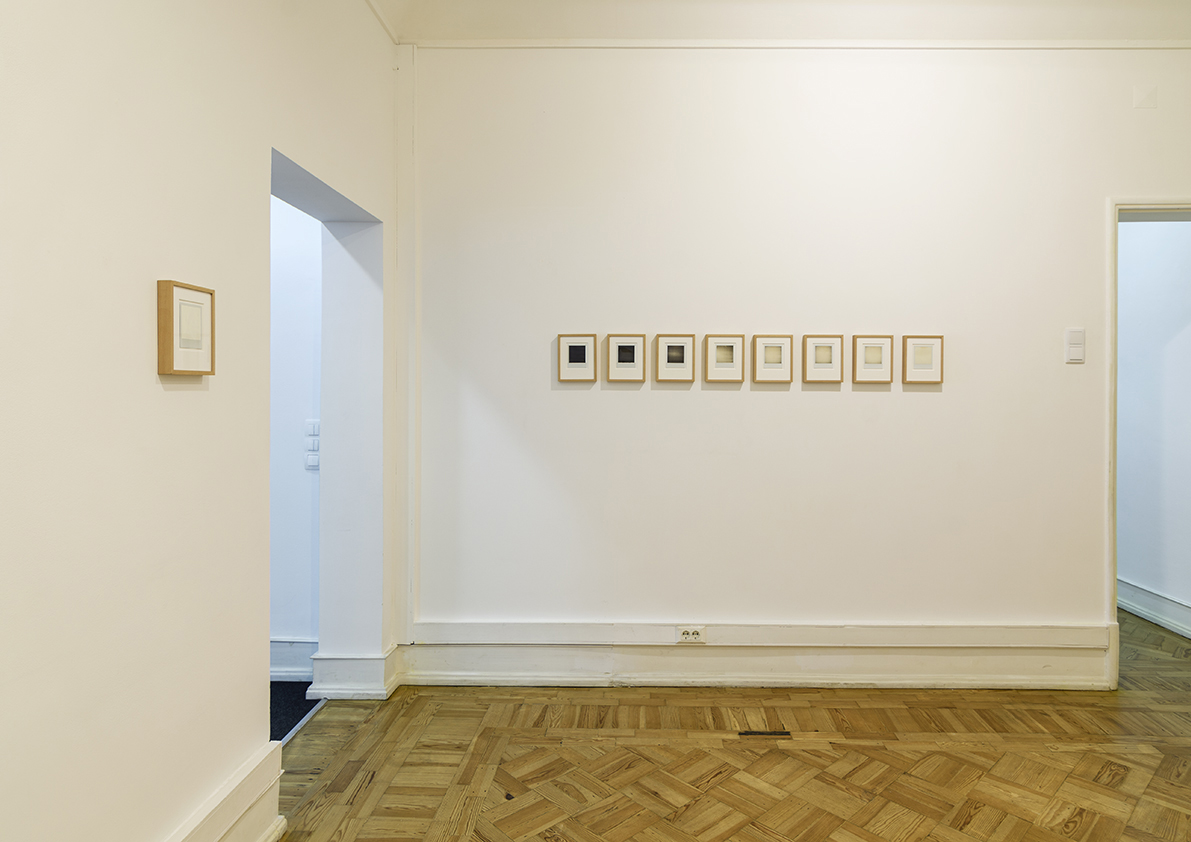

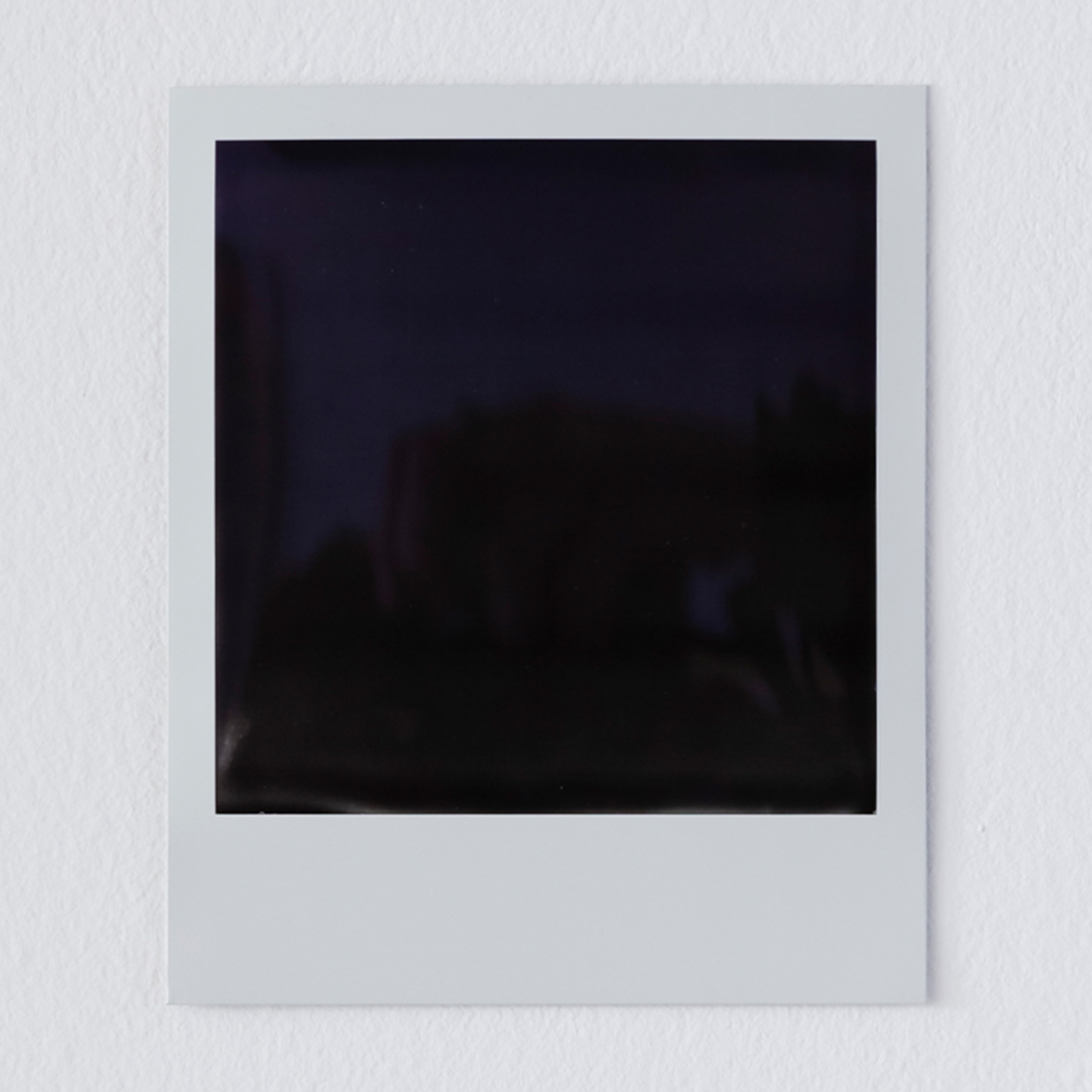

Photos © Euardo Sousa Ribeiro and Ana Garrido